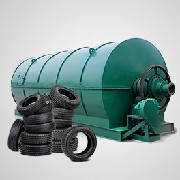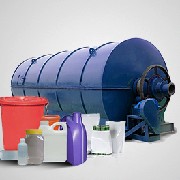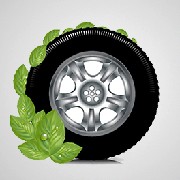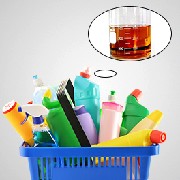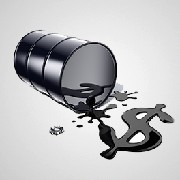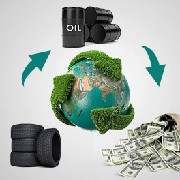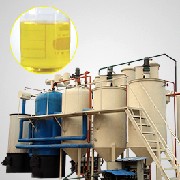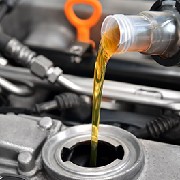Recycling news / DATE:2014/9/26
2.1 RETREADING the waste tyres
Retreading is to give a new rubber tread and a new life to the worn scrap tyres.It is a process of taking old,worn tires buffing off what is left of the oil tread and putting new tread on using a similar process to how new tire are made.retreads allow the tire casing to be used over and over.Retreading also saves non-renewable resources. According to survey, The synthetic rubber in a passenger tire contains 32-36 litres of oil. Retreading the same tyre takes 9-14 litres of oil.The manufacture of a new truck tire requires 100 litres of oil, but only 32 litres to retread. The prerequisite for this process is the careful sorting and checking of scrap tyres so that only those tyre with no damage on the inner body of steel(the tyre casing)are used.Thus the production of retread tyres requires a disproportionately high level of manual work. According to the international Tire&Rubber Association(ITRA),aircraft companied average six retreads per tire with some tire being retreaded as many as twelves times.
2.2 RECYCLING BY PRODUCTION OF GROUND RUBBER FOR USE IN OTHER APPLICATIONS
By mechanical or cryomechanical (cooling of rubber to a temperature ranging between 60 to 100oC) milling of tires the ground rubber of various sizes can be produced. These materials are used in other applications. For example: as component in asphalts, carpets, sport surfaces and children’s playgrounds. By the cryome chanical technology it is possible to obtain a very fine powder, which can be used as reinforcement in new rubber products. Retaining of some properties of rubber materials and the absence of direct air emissions are the major advantages, However, the high consumption of energy, liquid nitrogen  in  the  cryomechanical  process  and  the  limited  market  for  the products are the main disadvantages of the process.
2.3 RECLAIMING RUBBER RAW MATERIALS
 
Many attempts have been made since 1910 for reclaiming of scrap rubber products. However, rubber products during the processing and moulding are crosslinked, and therefore they cannot be again softened or remolded by heating. Reclaiming of scrap rubber products means the conversion of a three dimensionally interlinked, insoluble and infusible strong thermoset polymer to a two dimensional, soft, plastic, processable and vulcanizable polymer simulating many of the properties of virgin rubber. In this case reclaiming of scrap rubber is more complicated than reclaiming of thermoplastics. Various methods and processes for reclaiming waste rubber were developed. The most important of them are: the mechanical shearing process, thermomechanical reclaiming,   reclaiming   by   use   of   various   chemical   agents,   microwave reclaiming, ultrasonic reclaiming, pyrolysis of waste rubber, reclaiming by renewable resource materials and reclaiming by biotechnological process.
 
The main problem which reclaims producers face is the acceptability of reclaim by rubber industry as a raw material. This depends upon two major factors:
 
- The quality of reclaim products measured by their properties compared to the properties of virgin raw materials,
 
- The cost of reclaim compared to the cost of virgin rubber.
 
 
Of all the reclaiming processes pyrolysis of tyres is receiving renewed attention because of the commercial value of the products obtained from the process.
Inquiry more traditional ways of recycling waste tyre information
Leave a message in the below form to get more information about pyrolysis plant project, our engineer will contact you ASAP to analysis pyrolysis plant project cost for you.
 Xinxiang Doing Renewable Energy Equipment Co., Ltd
Xinxiang Doing Renewable Energy Equipment Co., Ltd